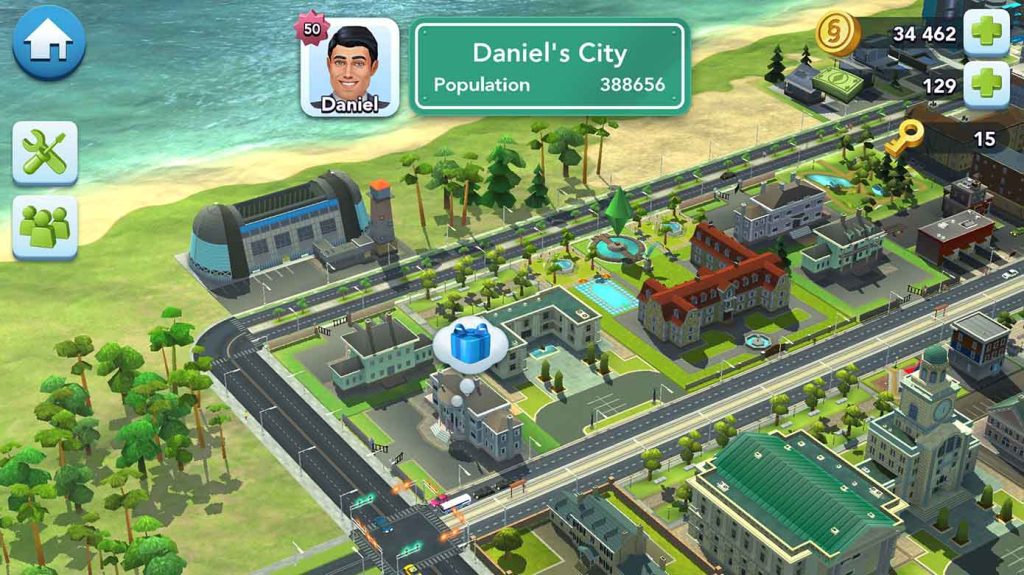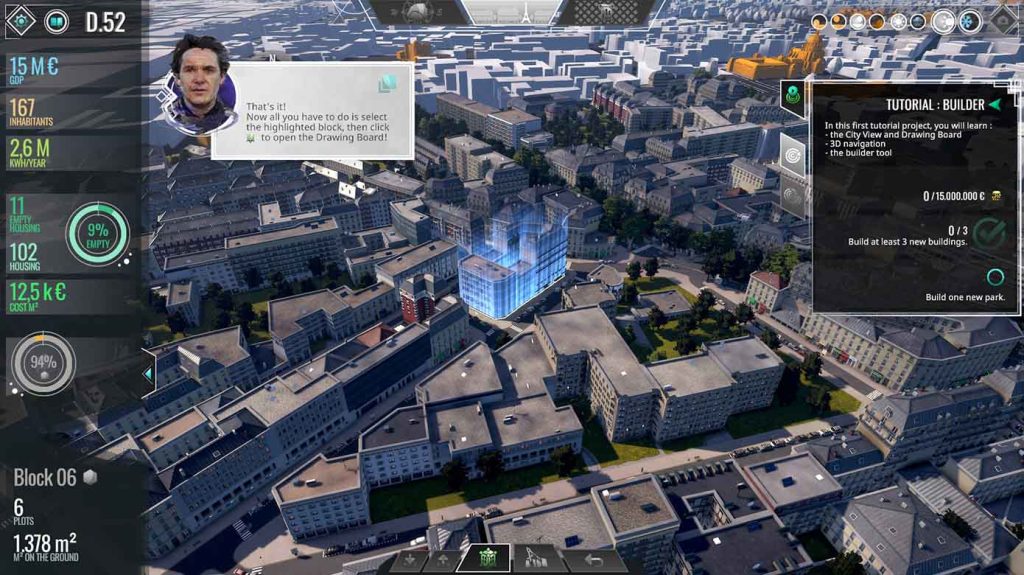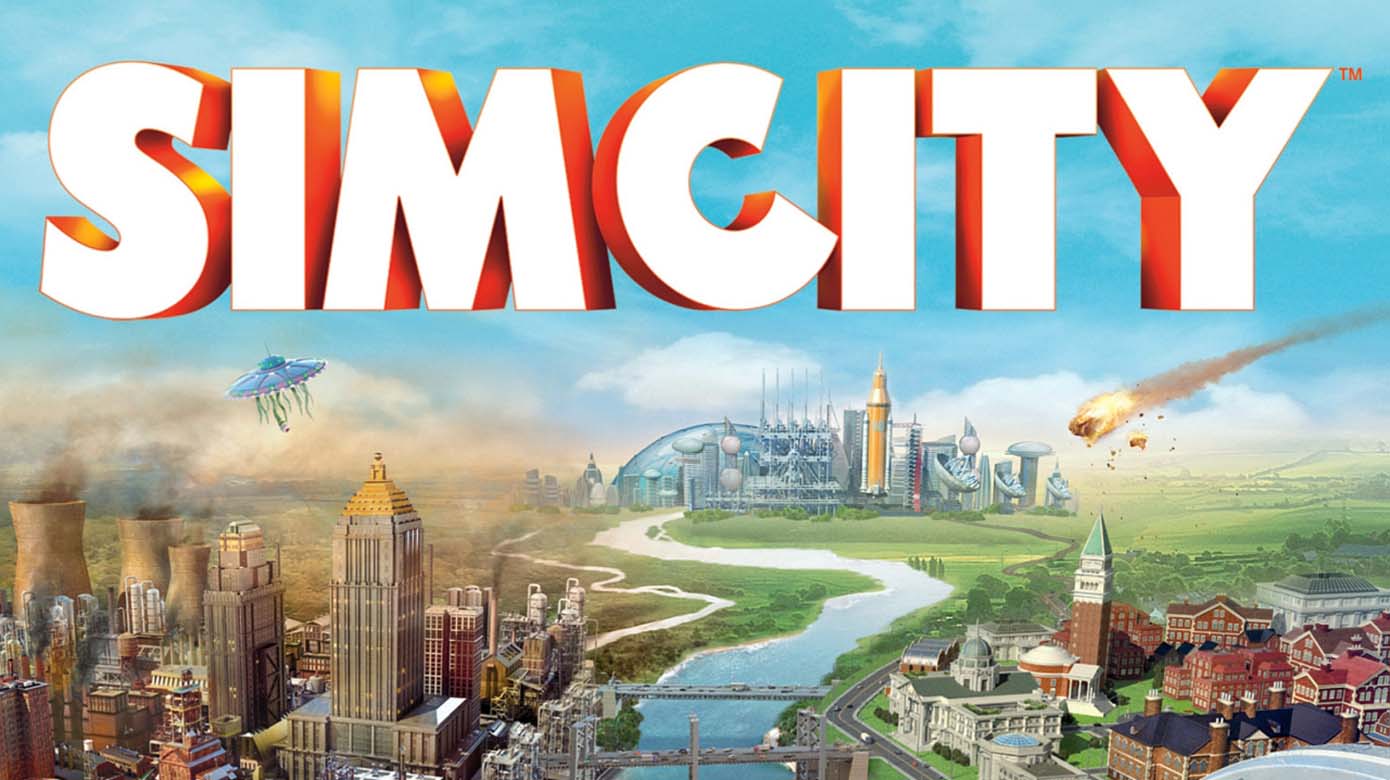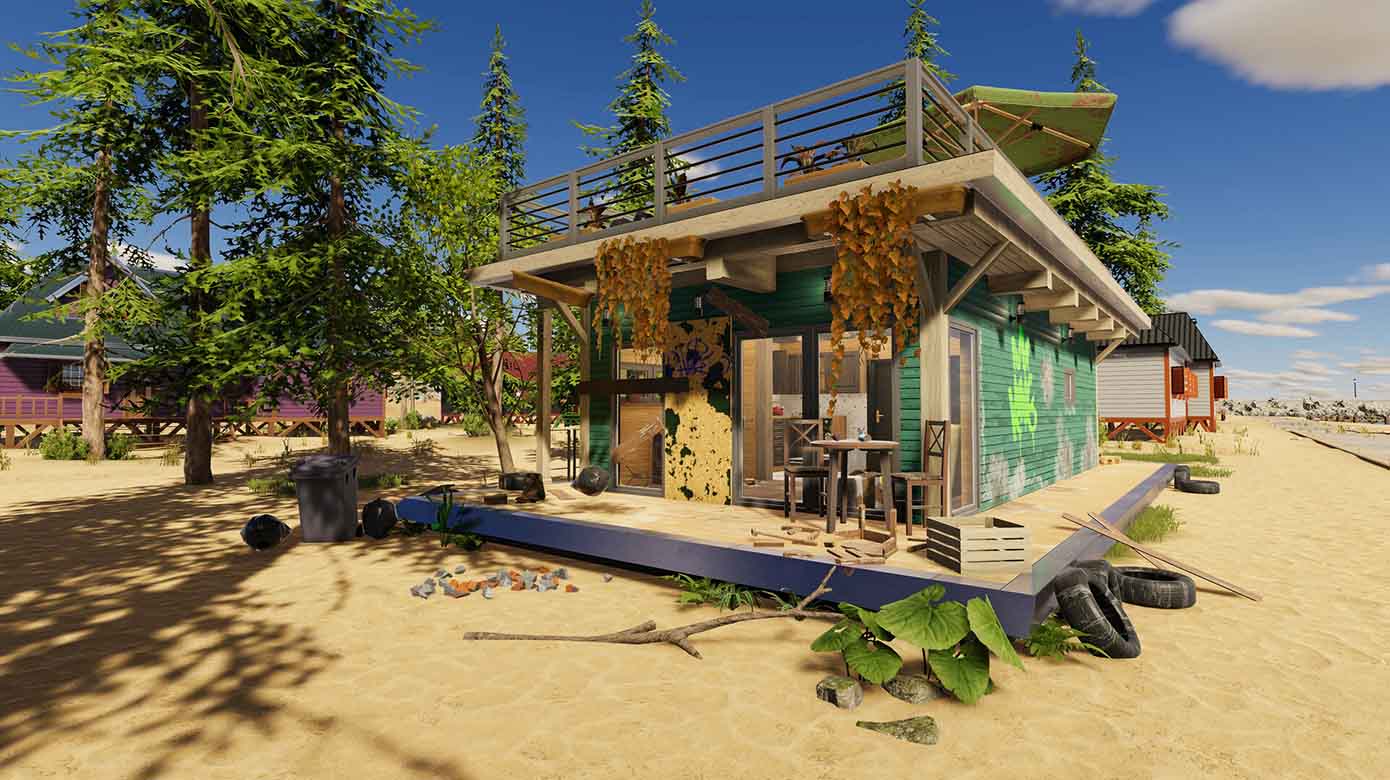City simulation games have always been a haven for me. There are no clashing swords, no fast-paced battles or level grinding—only planning from scratch, building brick by brick, and the gradual sense of achievement as your creation grows. In particular, simulation and construction games with a British flair captivate me endlessly. They not only allow me to experience the thrill of managing a city but also let me examine, in a virtual yet realistic way, the logic of urban operation and the evolution of civilization.
Over the years of immersing myself in city simulation games, I’ve found several titles that truly allow players to experience the growth from a small village to a modern metropolis. Each focuses on different aspects: some emphasize the subtle process of town evolution, others highlight municipal management and citizen satisfaction, while others focus on transportation systems and regional planning. Today, drawing on my own repeated playthroughs, I want to discuss three popular games—Cities: Skylines II, SimCity BuildIt, and The Architect: Paris—and share my journey of planning virtual British cities, from rural beginnings to the rise of modern metropolises.
1. Starting from Country Roads: The Birth of a City in Cities: Skylines II
If there is one game that truly let me experience the journey from a humble village to a global metropolis, it is undoubtedly Cities: Skylines II. Known for its high degree of freedom and realistic simulation, the game’s systems are complex, but once you get the hang of them, they are utterly addictive.
Water and Power Infrastructure: The Foundation of Planning
The first thing that had me deep in thought was managing the city’s energy and water supply. I experimented with building wind turbines—environmentally friendly, but unstable in power output. The location of water pumps also had to be carefully chosen to avoid pollution sources; otherwise, it could quickly lead to a widespread health crisis.
Through repeated trials, I gradually developed a “functional zoning” method: centralizing power plants, sewage treatment, and waste management facilities in the city’s downwind area, connected to the main roads through separate industrial traffic routes to avoid congestion and pollution spread. Watching Avonshire gradually achieve self-sufficiency, the streets lit up, and the first school welcome its students—I felt an almost tangible sense of achievement.
Education and Transportation: From Functionality to Humanity
As the city moved into the mid-game, residents’ needs for education and transportation grew rapidly. I set up elementary schools, high schools, and universities, and introduced a bus network. When I built bus routes connecting residential and commercial districts, resident satisfaction rose significantly. Later, I added a subway system, which played a crucial role during rush hours.
From a village of just a few hundred residents to a bustling city of over 100,000, it took me nearly 50 hours to complete Avonshire’s rise. Every skyscraper built and every transport route adjusted was the result of thoughtful planning and real-world-inspired decisions. This “from nothing to something” urban management experience is the most captivating part of Cities: Skylines II.
2. The Art of the Mid-Sized City: The Refined Town in SimCity BuildIt

If Cities: Skylines II leans toward simulation depth and realism, SimCity BuildIt feels more like a pocket-sized city aesthetic creation platform. It lacks overly complex systems but excels in visual design and resident interaction.
On my phone, I created a city named “Hereford,” my ideal British town: neat streets, buildings arranged in harmony, and green parks scattered in every corner.
Resident Happiness as the Core of Development
In SimCity BuildIt, the city grows at a gentler pace, with a focus on balancing resource management and building upgrades. I paid special attention to resident satisfaction and service coverage—fire stations, hospitals, and police stations had to be placed to ensure there were no “blind spots.” Even a small uncovered area could trigger dissatisfaction and lower the city’s ratings.
Initially, to save coins, I concentrated service buildings in the city center. The result was security issues in surrounding residential areas. Later, I realized these facilities needed to be evenly distributed along roads to create a “no dead zone” service network. Once I adjusted this, operations ran more smoothly, and resident satisfaction improved significantly.
British Architecture: A Visually Healing Experience
This game offers many British-style building skins: red-brick town halls, leafy public squares, and Victorian street lamps. When decorating the city, I paid close attention to maintaining a unified style and functional zoning. For example, I set up a “Historic Cultural District” in the north, featuring old post offices, museums, and libraries; while the south hosted a modern tech park with a more minimalist and orderly style.
Although the systems are simplified, the slower pace allowed me to savor the careful design process. SimCity BuildIt is like a delicate jigsaw puzzle—each building placement or tree-lined avenue makes the city’s image a little more complete.
3. Shaping Aesthetics and City Rhythm: The Parisian Dream in The Architect: Paris
The Architect: Paris is a lesser-known yet highly distinctive city-building game. Using Paris as a blueprint, it casts the player as an urban architect, responsible for neighborhood design, architectural style selection, and functional facility management—step by step leading the city’s revival.
The Artistic Clash of Architectural Styles
The game’s standout feature is its “reconstruction” mechanic. I could demolish existing blocks and redesign every building’s appearance, purpose, and aesthetic style. For example, I built a row of Victorian-style buildings along the Thames and contrasted them with sleek, modern glass office towers in an adjacent district—distinct yet harmonious.

I even tried recreating some London landmark-inspired designs, using the adjustable building parameters to produce structures reminiscent of the Houses of Parliament or Tower Bridge, all while maintaining the efficiency of a modern road system. This challenge of blending tradition with modernity is the game’s greatest allure.
City Rhythm and Population Flow
This game doesn’t just focus on aesthetics—it also factors in crowd movement and urban pace. Every redevelopment affects traffic flow and residential density. For example, constructing high-density commercial buildings in the city center led to population shifts from nearby residential districts, requiring a reallocation of service facilities.
This “dynamic feedback” system kept me on my toes. Every architectural choice was not only an aesthetic decision but also a rebalancing of the city’s overall ecosystem. I aimed to give each district its own character: some focused on art, others on technology, and some preserved historical heritage. Over time, I built a diverse, vibrant modern British metropolis.
A City is a Mirror, and a Dream
What I’ve gained from these games is not just the satisfaction of constructing a city, but a deeper understanding of its structure and the details of daily life. Every road layout, zoning decision, and public facility placement was a way of giving soul to a virtual city. And when I saw residents walking the streets, traffic flowing smoothly, and the economy and culture thriving, the immersion and fulfillment felt like I was personally crafting a unique urban story of my own.



